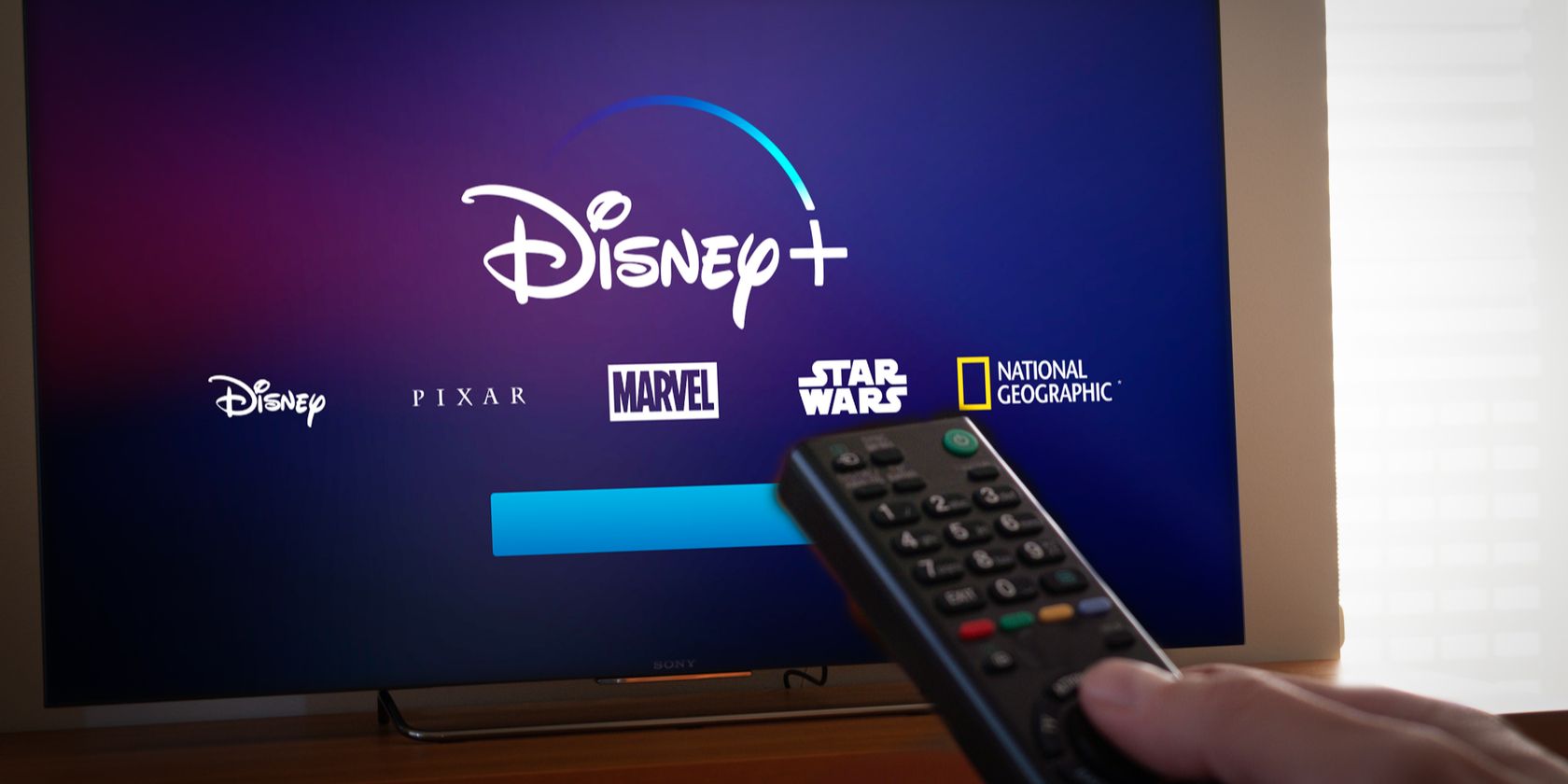
Integrated units include both forward-firing and upward-firing drivers. Integrated speakers (left) and add-on modules (right) (From: Dolby). There are two types of Dolby-enabled speakers – integrated units and add-on modules. However, if you aren’t keen on installing extra ceiling speakers, you can also opt for Dolby-enabled speakers instead. Overhead sound is what distinguishes Dolby Atmos from conventional surround sound, and installing ceiling or “height” speakers is one of the ways you can achieve that true Atmos audio experience. The additional third number refers to “height” speakers. In contrast, Dolby Atmos home theater setups go by a slightly different nomenclature, such as 5.1.2, 5.1.4, 7.1.2, 7.1.4, and so on. 5.1, 7.1, and 9.1 speaker setups for home theaters (From: Dolby).Īs mentioned earlier, typical surround sound setups make use of 5.1, 7.1, or 9.1 configurations, as seen in the image above. But the great thing about Dolby Atmos technology is that it can be scaled up or down, depending on what equipment you already have. Re-creating this 64-speaker setup at home is impractical for obvious reasons. This allows more accurate sound reproduction, thus giving the audience a more immersive audio experience. Each speaker is independently assigned its own audio feed. Dolby Atmos for cinemas and home theaters Speaker placement in Dolby Atmos cinema (From: Dolby).ĭolby Atmos cinemas typically make use of a 64-speaker setup distributed to the front, behind the screen, at the back, along the sides, and overhead. In other words, Dolby Atmos doesn’t rely on a set number of available audio channels or speakers because it can artificially recreate them in a virtual audio space.
DOLBY ATMOS STREAMING SOFTWARE
It does this with the help of spatial audio software that turns audio into 3D objects ( more on this later) that can be precisely “placed” anywhere within a 360-degree virtual bubble.

Dolby Atmos audio visualization.Īs a virtual surround sound format, Dolby Atmos manipulates sound to make it seem like it’s coming from multiple directions, even without the typical 5.1, 7.1, or 9.1 surround sound setup. The numbers “5”, “7”, “9” refer to the number of speakers, and “1” represents the subwoofer. The surround sound nomenclature of “5.1”, “7.1”, and “9.1” refer to the different audio channels.


 0 kommentar(er)
0 kommentar(er)
